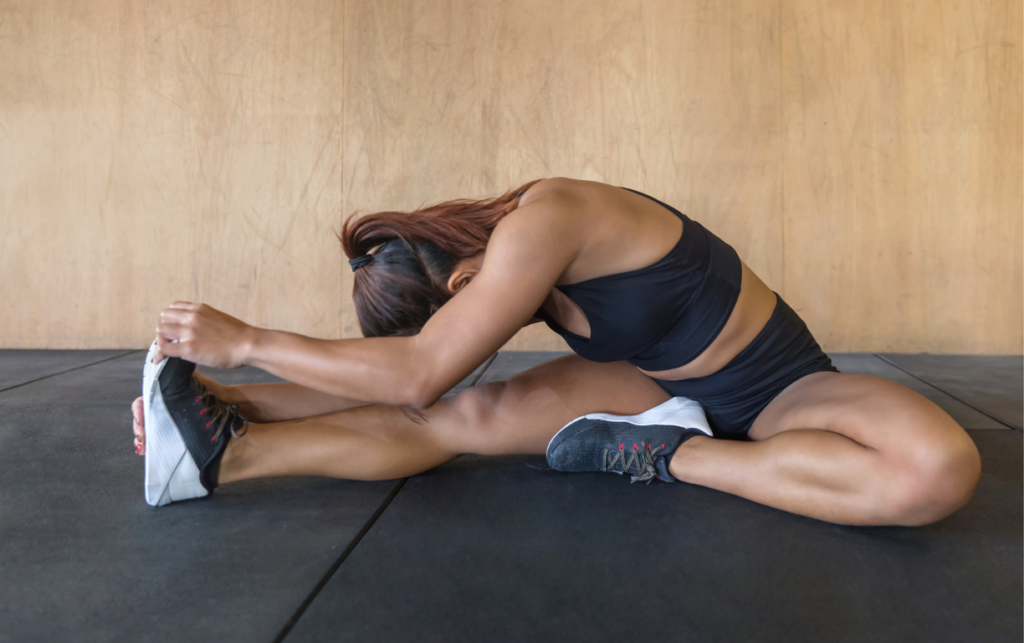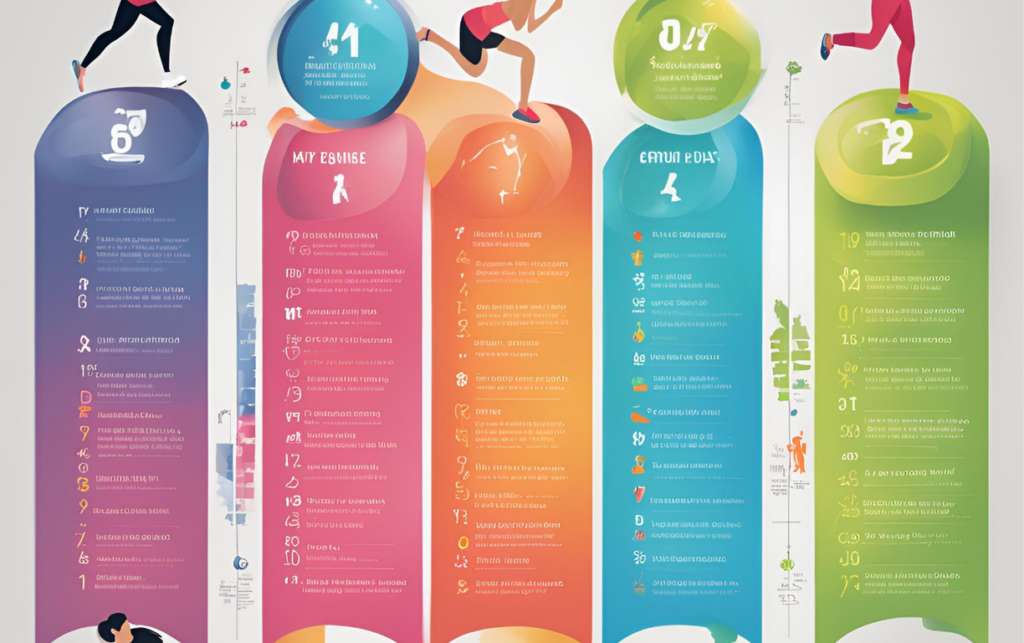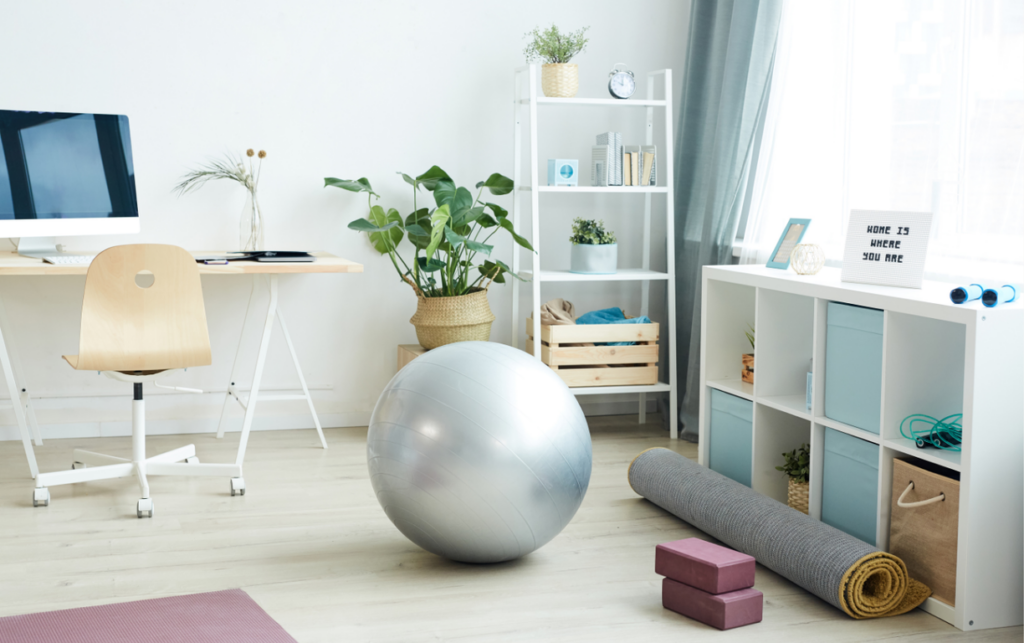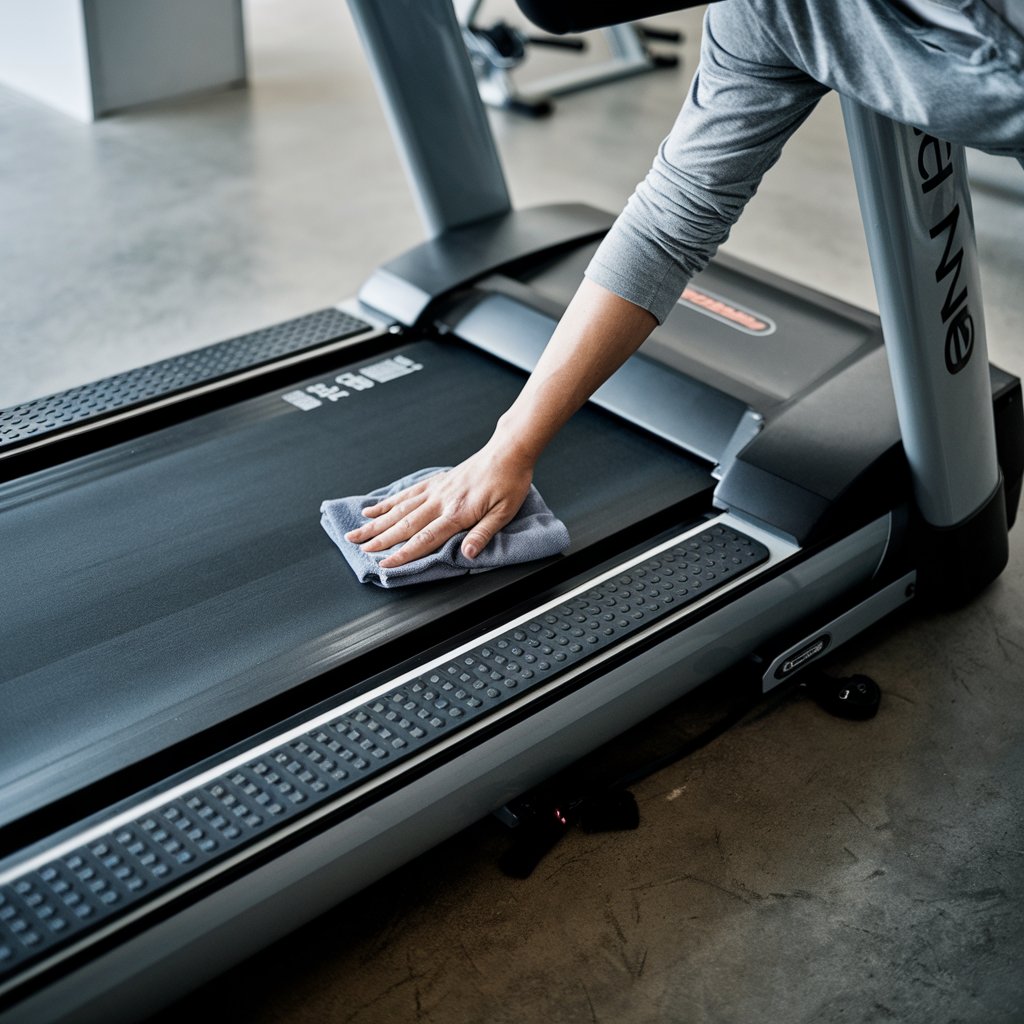Physical Address
304 North Cardinal St.
Dorchester Center, MA 02124
Physical Address
304 North Cardinal St.
Dorchester Center, MA 02124

If you're looking for a way to stay active without stepping outside, a walking pad might be your new best friend. These compact and convenient devices have gained popularity for their ability to provide a workout right in the comfort of your home. But can you really get a good workout on a walking pad?
Walking pads offer a unique blend of convenience and exercise, allowing you to multitask while s
If you’re looking for a way to stay active without stepping outside, a walking pad might be your new best friend. These compact and convenient devices have gained popularity for their ability to provide a workout right in the comfort of your home. But can you really get a good workout on a walking pad?
Walking pads offer a unique blend of convenience and exercise, allowing you to multitask while staying fit. Whether you’re catching up on your favorite show or working from home, you can easily squeeze in some movement. In this article, you’ll discover how to maximize your walking pad experience and turn it into an effective workout routine that fits seamlessly into your lifestyle.

Absolutely! A walking pad can provide an effective workout by allowing you to engage in physical activity while staying indoors. Here’s how to maximize your workout potential on a walking pad.
Adjust the speed based on your fitness level. Aim for a brisk walking pace of 3 to 4 mph for a moderate workout. If you’re feeling ambitious try interval training by alternating between periods of fast walking and slower recovery phases.
To enhance your workout, consider using handheld weights or resistance bands. This adds an element of strength training which helps to build muscle and burn more calories.
Change your walking pad workout by incorporating different walking styles. You can try side steps, reverse walking, or even high knees. This variation not only engages different muscle groups but also keeps your sessions interesting.
Aim for at least 30 minutes of walking five times a week. Consistency is key to reaping the benefits. You can break it up into shorter sessions throughout the day if that fits better with your schedule.
Use a fitness tracker to monitor your heart rate. Aim for a moderate intensity level that challenges you while still allowing you to hold a conversation.
Integrate stretching or bodyweight exercises during your walking sessions. Stop periodically to perform squats or lunges to engage more muscles. This combination maximizes your workout time and effectiveness.
By following these tips, you can achieve a satisfying and beneficial workout right from the comfort of your home using a walking pad.

Using a walking pad combines convenience and fitness, allowing you to engage in effective exercise right at home. Here are some key benefits to consider.
A walking pad easily fits into your home environment, enabling you to walk while watching television or working. This versatility means you can maintain your fitness routine even on busy days. With its compact design, you can store it under a bed or in a closet, ensuring easy access whenever you need it. You don’t need a gym membership or to commute to a fitness center; your walking pad is always ready for use.
Walking pads provide a low-impact workout that minimizes stress on your joints. This makes it an excellent option if you experience discomfort during high-impact activities. The cushioned surface of the walking pad supports your feet and legs, reducing the risk of injury while still allowing you to burn calories and improve cardiovascular health. You can walk at any pace that feels comfortable while still reaping the benefits of regular exercise.
A walking pad offers a variety of workout options to keep your routine engaging. You can change the speed settings to match your fitness levels, incorporate interval training, or even combine walking with resistance training using weights or bands. Mixing up your walking routine with different styles, such as incline walking or side stepping, can help target various muscle groups. This versatility allows you to tailor your workout to your specific goals, whether you aim to lose weight, build endurance, or strengthen your core.

A walking pad provides versatile workout options that cater to various fitness levels and preferences. You can customize your routine to meet specific goals, ensuring you stay engaged and motivated.
Walking workouts are a fantastic way to stay active and can easily be adjusted to match your fitness level. Begin with a steady pace for a warm-up, aiming for 15-20 minutes at a speed that feels comfortable. As your endurance improves, gradually increase the pace or duration. Add variety by incorporating different walking styles, such as power walking or walking with a higher knee lift, to engage more muscles and elevate your heart rate. You can enhance your walking session by swinging light dumbbells or using resistance bands to build strength. Aim for at least 30 minutes of walking at least five times a week to reap the maximum health benefits.
Jogging on a walking pad is an excellent option for those seeking a more intense workout. Start by setting the speed to a comfortable jog pace. Begin with short intervals of 5-10 minutes and gradually increase the duration as your stamina improves. Maintain proper form by keeping your shoulders relaxed and swinging your arms naturally. This low-impact workout is kinder on your joints compared to outdoor jogging surfaces, making it suitable for individuals who may experience discomfort during high-impact activities. Aim to mix in jogging sessions a few times a week, allowing rest days between sessions to aid recovery.
Interval training on a walking pad can add excitement to your routine and boost your metabolism. Start with a warm-up at a brisk walking pace for 5 minutes. Then alternate between high-intensity bursts of jogging or fast walking for 1-2 minutes and lower intensity recovery periods of walking for 2-3 minutes. Repeat this cycle for 20-30 minutes, adjusting intervals to match your fitness level. To keep workouts engaging, experiment with different speeds and durations for high and low-intensity segments. This type of training not only promotes cardiovascular health but also helps in burning more calories in a shorter period, making it an effective workout choice.

To achieve the best results from your walking pad workouts, focus on proper technique, set measurable goals, and consider integrating different exercises. Here are some tailored tips for enhancing your experience.
Maintaining proper posture is essential for maximizing the effectiveness of your workout and preventing injury. Keep your head up and gaze forward rather than down at your feet. Your shoulders should remain relaxed and back, while your core stays engaged. Ensure that your arms swing naturally alongside your body at a 90-degree angle. Distribute your weight evenly on your feet and avoid leaning too far forward or backward while walking. This alignment will help you maximize calorie burn and enhance muscle engagement.
Establishing specific fitness goals provides motivation and structure to your workouts. Aim for measurable outcomes such as walking a certain distance or achieving a specific duration. Use a fitness tracker or app to monitor your progress and adjust your goals as you improve. Track your walking speed and heart rate to ensure you’re within your desired intensity levels. As you consistently use the walking pad, celebrate milestones such as increased duration or completing a set number of workouts each week, which will keep you on track and inspire further progress.
Enhancing your walking pad routine with complementary exercises can elevate your fitness game. After walking, include bodyweight exercises like squats, lunges, or push-ups to build strength and target various muscle groups. Consider interval training by alternating between walking and jogging to boost cardiovascular benefits. You can also pair walking with resistance bands to add an extra challenge. This combination keeps your workouts varied, engaging, and effective. Whether you stretch or incorporate yoga movements post-walk, these additions can improve flexibility and recovery.
Safety is a top priority when using a walking pad to ensure a productive and injury-free workout. By taking a few precautions, you can create a secure exercise environment that allows you to focus on your fitness goals.
To maintain a safe workout setting, choose a stable and flat surface for your walking pad. Ensure that the area is clear of any obstacles or hazards such as furniture, cords, or loose rugs that may cause you to trip. You should also keep the walking pad away from walls or furniture to allow enough space for movement. Additionally, consider using the walking pad in a room with good ventilation to maintain comfort during your workout. If you are using any devices or screens while walking, ensure they are securely placed and won’t fall or distract you as you move.
Wearing the right footwear significantly enhances your safety on a walking pad. Opt for supportive athletic shoes with cushioned soles to absorb shock and prevent discomfort during your workouts. Avoid walking in flip-flops, sandals, or bare feet, as these can increase your risk of slipping or losing balance. Proper footwear helps maintain your posture and improve traction, allowing you to focus on your workout without worrying about your footing. Always inspect your shoes for wear and replace them as needed to ensure optimal performance and safety.

To keep your walking pad in excellent condition and ensure its longevity, follow these maintenance and care tips:
By following these care and maintenance tips, you will maximize the lifespan of your walking pad and enhance your overall workout experience.
Using a walking pad can be an effective way to enhance your fitness routine while enjoying the comfort of your home. With its versatility and convenience you can easily integrate it into your daily life. By adjusting your speed and incorporating different workout styles you can keep things fresh and engaging.
Staying consistent with your walking sessions not only supports physical health but also boosts mental well-being. Remember to prioritize safety and maintenance to get the most out of your walking pad. With the right approach you can achieve your fitness goals and enjoy a satisfying workout experience every time.